Grow the Royal Imam Pasand Mango at Home With This Step-by-Step Guide
With a taste fit for royalty and a fragrance that turns heads, the Imam Pasand mango is a fruit that provides a rich experience.
Every summer, mango lovers across India await the arrival of the Imam Pasand mango, a lesser-known but highly sought-after variety originating from Andhra Pradesh. Sometimes referred to as “Himayat” in parts of South India, this mango has a unique flavour that is rich, juicy, and perfectly balanced between sweetness and tang.
Its thin skin and minimal fibre make it a gourmet delight, cherished by connoisseurs. You can grow this luxurious variety right at home with a bit of care and the right conditions.
Here is how to bring the taste of Andhra Pradesh’s prized mango to your garden or terrace:
1. Select the right plant
To begin your mango-growing journey, opt for a grafted sapling rather than growing from seed. Grafted plants are clones of mature, fruit-bearing trees and guarantee genetic consistency, better disease resistance, and faster fruiting, often within three to five years.
You can purchase an Imam Pasand grafted sapling from a certified nursery or a trusted online supplier. Make sure the sapling has:
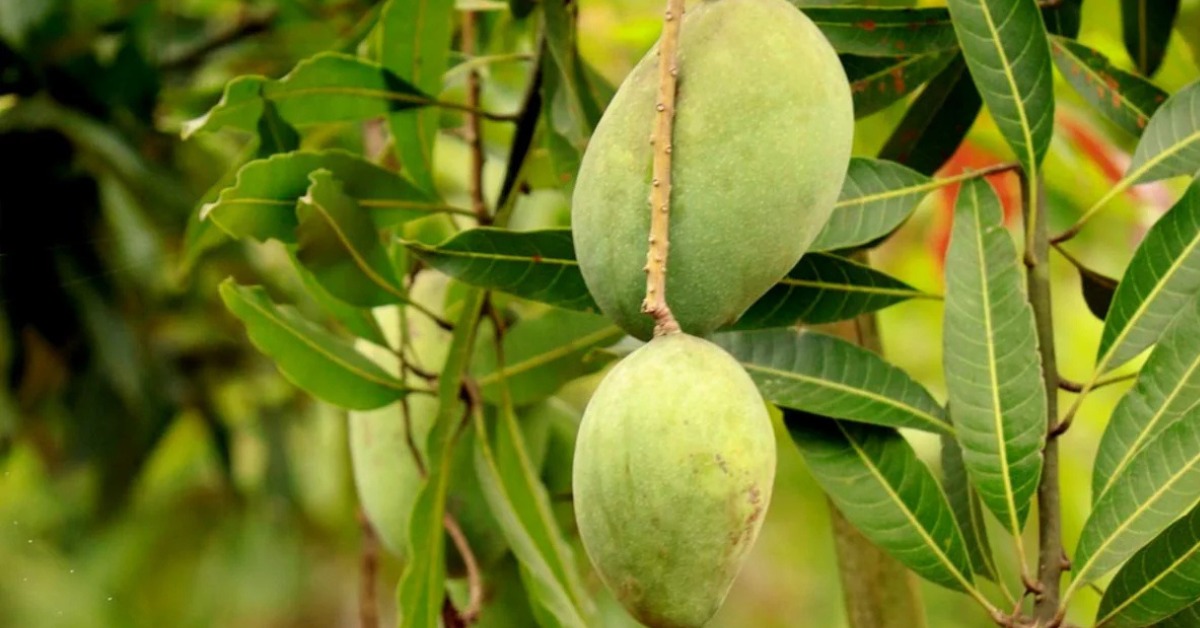 You can purchase an Imam Pasand grafted sapling from a certified nursery; Picture source: Hug A Plant
You can purchase an Imam Pasand grafted sapling from a certified nursery; Picture source: Hug A Plant
- A healthy green stem with no black spots or lesions.
- A clean graft union (where the rootstock and scion join).
2. Find the ideal location
Mangoes survive in warm, sunny conditions, and this variety is no exception. Choose a spot that receives full sunlight for at least six to eight hours a day.
- In-ground planting: Select a spot with good air circulation and well-drained soil.
- Container planting: Use a large pot (minimum 20–24 inches in diameter). Make sure it has proper drainage holes. Plastic, ceramic, or terracotta containers all work well, though terracotta allows the soil to breathe better.
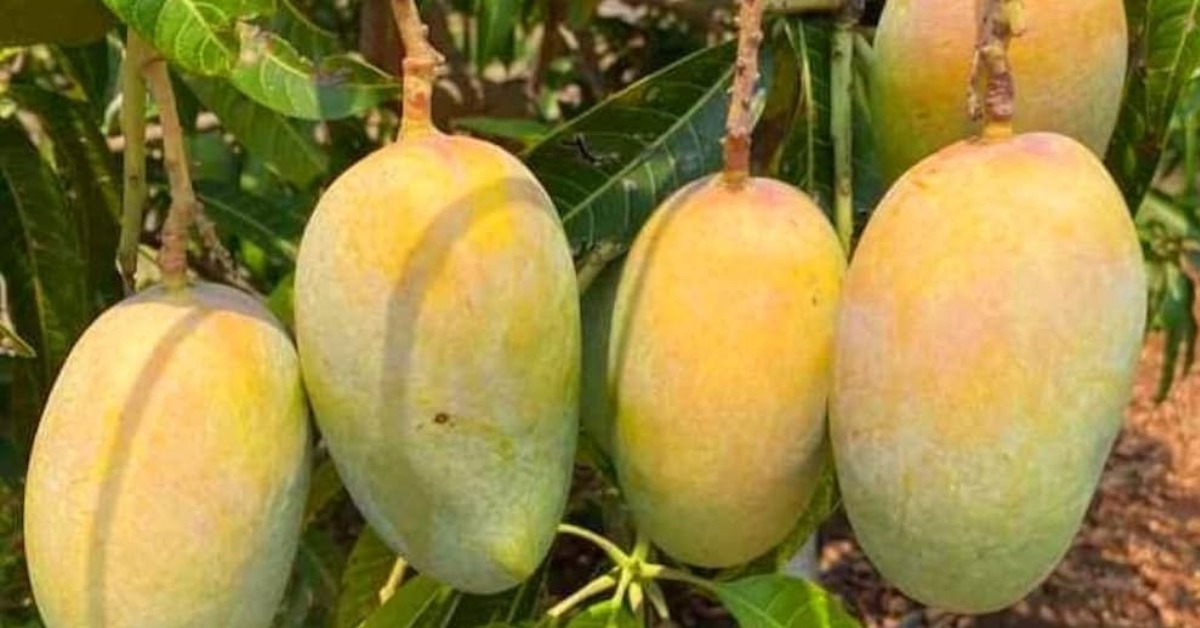 Imam Pasand mangoes survive in warm and sunny conditions; Picture source: Amazon
Imam Pasand mangoes survive in warm and sunny conditions; Picture source: Amazon
This variety is relatively more sensitive than hardier mango types, so protecting it from strong winds is important.
3. Prepare the soil
Imam Pasand mangoes grow best in slightly acidic to neutral soil with a pH between 6.0 and 7.0. The soil should be loamy, rich in organic matter, and well-draining.
Soil preparation tips:
- Mix garden loam, organic compost, sand, and coco peat or perlite to create a well-balanced medium.
- Avoid clay-heavy soils unless properly amended, as they retain too much water and may cause root rot.
4. Plant your sapling at the right depth
When you are ready to plant, dig a hole twice as wide and deep as the root ball of your sapling. In a pot, line the bottom with gravel or broken terracotta pieces to improve drainage.
Position the sapling in the centre of the hole or pot, making sure that the graft union remains above the soil line. Fill in the hole with your prepared soil mix, gently firming it around the roots to eliminate air pockets. Water the plant thoroughly to help settle the soil.
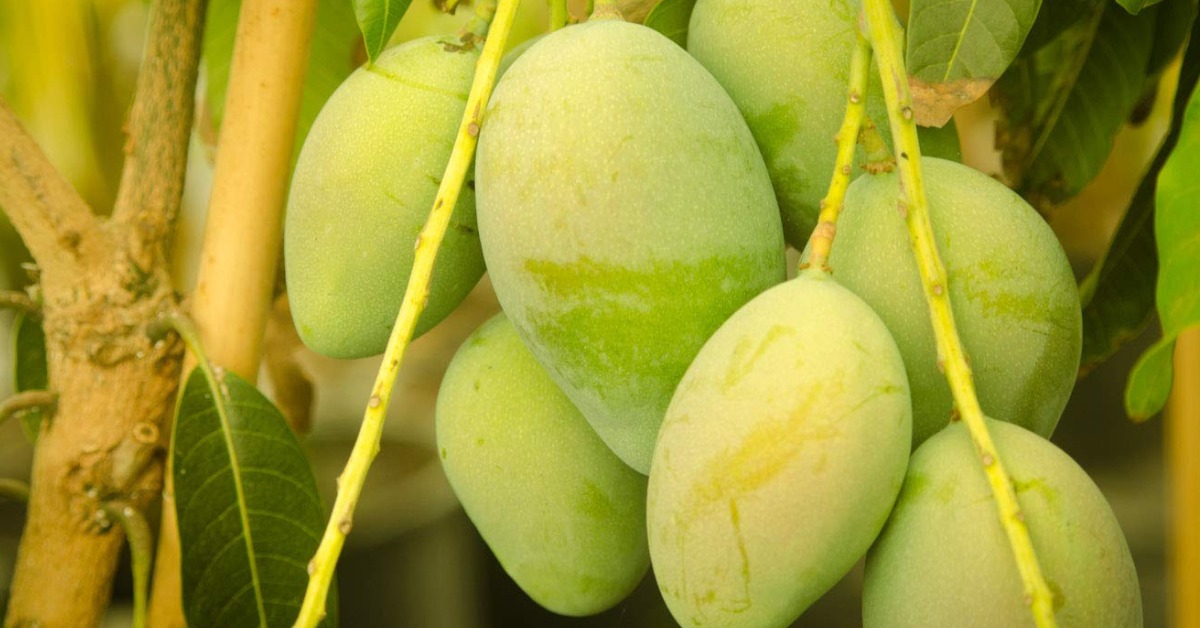 Make sure to carefully water the Imam Pasand mango tree so that it does not cause root rot; Picture source: Desertcart Seychelles
Make sure to carefully water the Imam Pasand mango tree so that it does not cause root rot; Picture source: Desertcart Seychelles
If the sapling is tall or top-heavy, insert a stake and tie it loosely for support. This will protect it from wind damage and keep it upright during early growth.
5. Water consistently
Consistent but careful watering is crucial, especially in the tree’s early years. In the first year, water your mango tree two to three times a week, keeping the soil evenly moist but not saturated.
From the second year onwards, reduce watering to once a week, adjusting based on weather and rainfall. During flowering and fruiting periods, maintain steady moisture levels to support healthy development, but be wary of overwatering, as Imam Pasand is sensitive to fungal infections.
Always check soil moisture by inserting your finger an inch below the surface. If it feels damp, hold off watering.
6. Feed your tree with the right nutrients
Fertilising your Imam Pasand mango tree guarantees strong growth and a good yield. In the first year, use a mild organic liquid fertiliser or compost tea once a month. These gentle feeds are ideal for young trees.
From the second year onwards, switch to a balanced fertiliser such as NPK 10-10-10, applied every two to three months during the growing season (spring to early autumn).
Always apply fertiliser around the drip line, which is the outer edge of the canopy, rather than near the trunk, where the feeder roots are most active.
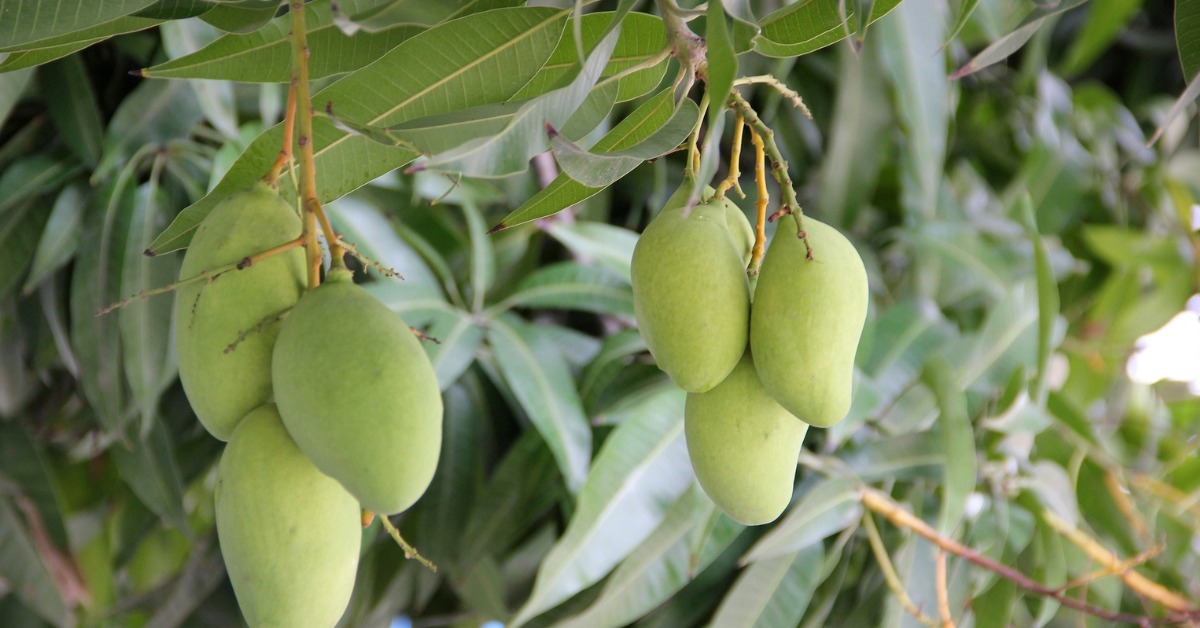 Fertilising your Imam Pasand mango tree guarantees strong growth and a successful yield; Picture source: Kisan Vedika
Fertilising your Imam Pasand mango tree guarantees strong growth and a successful yield; Picture source: Kisan Vedika
7. Prune regularly to shape the tree
Pruning is essential for shaping your mango tree, improving airflow, and guaranteeing better-quality fruit. In the first two years, focus on removing suckers (unwanted shoots from the base) and shaping the canopy to either a central leader or open structure.
After each harvest, lightly prune the tree to remove dead, weak, or overlapping branches. This allows sunlight to penetrate the canopy and reduces the risk of disease.
Keep the base of the tree clear of weeds and mulch lightly with straw or dry leaves to conserve moisture and suppress weed growth. Avoid excessive pruning, as this can delay flowering.
8. Harvest your mangoes at the right time
Imam Pasand mangoes are usually ready for harvest between late May and June, though the exact timing depends on your local climate. Watch for the key signs of ripeness, such as a fruity aroma, slight yellowing of the skin (often with a pink blush), and a gentle softness when pressed.
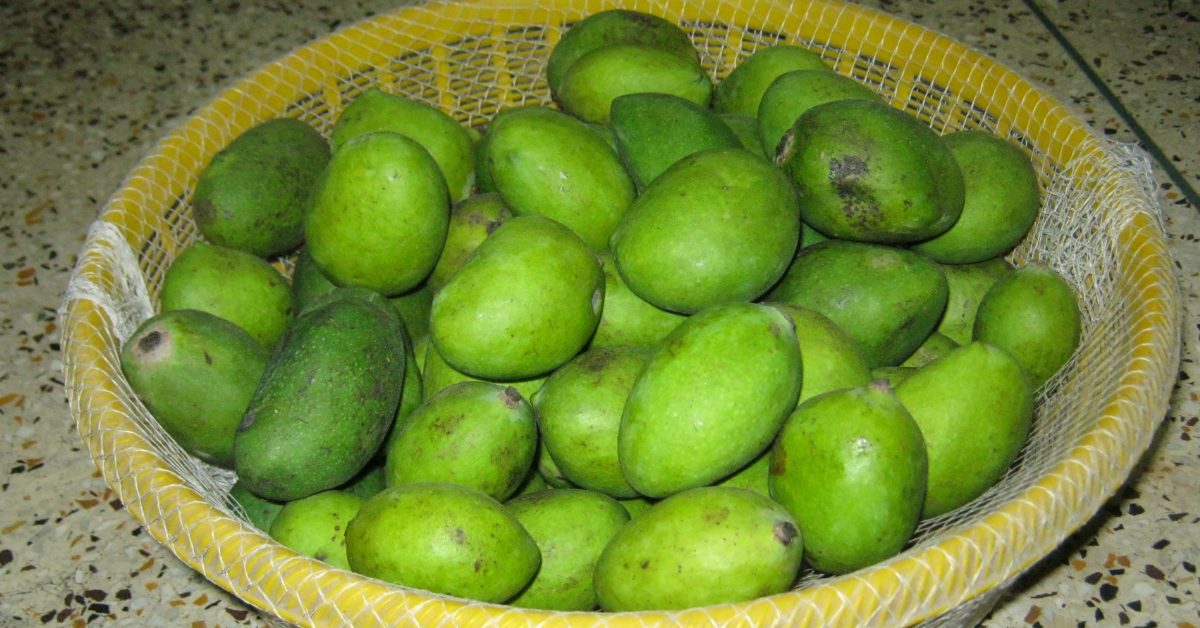 You can harvest the Imam Pasand mangoes between late May and June; Picture source: Holidify
You can harvest the Imam Pasand mangoes between late May and June; Picture source: Holidify
To harvest, use sharp secateurs to cut the mango with a small piece of stem still attached. This helps reduce sap loss and extends shelf life. Let the mangoes ripen at room temperature for three to five days before eating. The result is a juicy, aromatic, and fibreless fruit with an unforgettable flavour.
Edited by Vidya Gowri
News